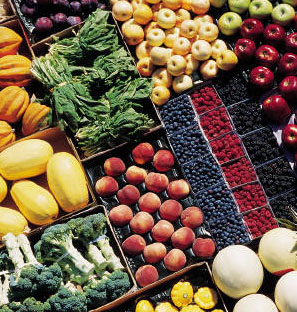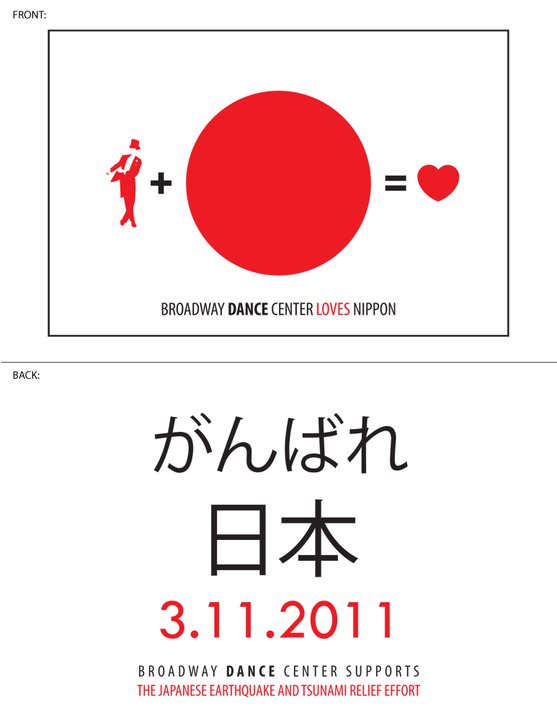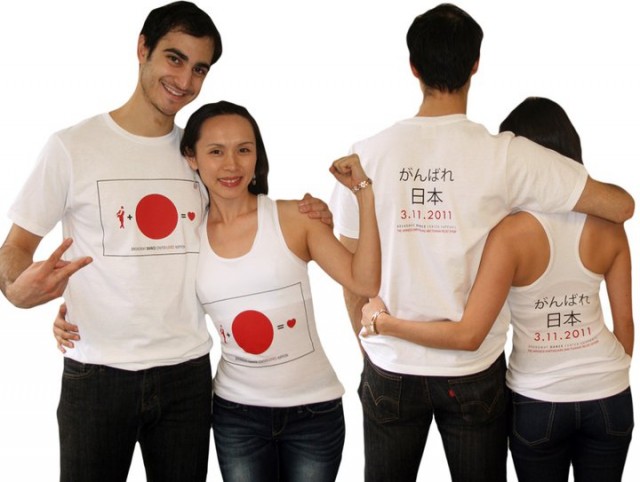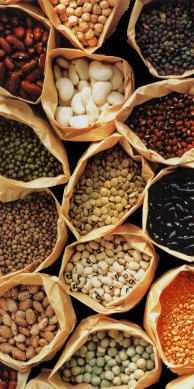Increase Intake of Vegetables and Fruits
Vegetables and fruits are the two most nutrient-dense foods in the  world. This means, per calorie, they pack the highest concentration of vitamins, minerals, phytochemicals, and other health-promoting nutrients when compared to all other foods. This is true of vegetables and fruits that are raw or minimally cooked, and as close to their natural form as possible. (A french fry comes from a potato, but it is not a health-promoting food.) Consuming a higher quantity of nutrients from food (versus from supplementation) is considered one of the most important things you can do to protect and ensure your health. I won't get into detail here, but the science shows many exceptionally high correlations between higher consumption of these foods and increased lifespan.
world. This means, per calorie, they pack the highest concentration of vitamins, minerals, phytochemicals, and other health-promoting nutrients when compared to all other foods. This is true of vegetables and fruits that are raw or minimally cooked, and as close to their natural form as possible. (A french fry comes from a potato, but it is not a health-promoting food.) Consuming a higher quantity of nutrients from food (versus from supplementation) is considered one of the most important things you can do to protect and ensure your health. I won't get into detail here, but the science shows many exceptionally high correlations between higher consumption of these foods and increased lifespan.
-improved health of the cardio-circulatory system (better circulation of blood, reduced heart disease, reduced incidence of strokes, etc.)
-decreased risk of a number of diseases, including various cancers
-improved and quickened recovery from disease (stronger immune system)
-decreased mental decline with age (better thinking)
-decreased ocular degeneration with time (better vision)
The implications reach far and wide, and there are many other  benefits not listed here. But it is also important to mention that, among those populations already consuming high levels of these foods, those who consume more dark leafy greens (e.g. salad) and more legumes/pulses (i.e. beans, peas, and lentils) have even better health and live even longer. (Disclaimer)
benefits not listed here. But it is also important to mention that, among those populations already consuming high levels of these foods, those who consume more dark leafy greens (e.g. salad) and more legumes/pulses (i.e. beans, peas, and lentils) have even better health and live even longer. (Disclaimer)
FOOD: Part 1 of 6 FOOD: Part 3 of 6 FOOD: Part 4 of 6 FOOD: Part 5 of 6 FOOD: Part 6 of 6
For more on the Author, Sebastian Grubb, visit his ‘Movers’ page!

 in western and westernized countries, wants to know these changes and feels directly implicated by them. This is because what nutritional science has to say--or at least what the popular media have to say about findings in nutrition--carries great implications for everyone's health and appearance. It is also in part because highly-westernized countries such as the U.S. do not, relatively speaking, have a traditional food culture, and so what people eat is frequently subject to change based on governmental and commercial interests.While many finer points are disputed within this field, there exists a handful of guidelines that are almost universally promoted. According to general recommendations made by many top health authorities, most people would improve their health by:
in western and westernized countries, wants to know these changes and feels directly implicated by them. This is because what nutritional science has to say--or at least what the popular media have to say about findings in nutrition--carries great implications for everyone's health and appearance. It is also in part because highly-westernized countries such as the U.S. do not, relatively speaking, have a traditional food culture, and so what people eat is frequently subject to change based on governmental and commercial interests.While many finer points are disputed within this field, there exists a handful of guidelines that are almost universally promoted. According to general recommendations made by many top health authorities, most people would improve their health by:


 Additional exercise outside your dance program should be chosen to complement what you are already doing. For many this means strength training for muscle groups not targeted by dance, and activities that are even more aerobically demanding, such as running. Dancers may also want to consider reducing the impact on their joints by selecting (non-dance) exercise forms such as bicycling and swimming.
Drink 1-2 cups of water before activity, sip throughout, and generously replenish afterward.
Additional exercise outside your dance program should be chosen to complement what you are already doing. For many this means strength training for muscle groups not targeted by dance, and activities that are even more aerobically demanding, such as running. Dancers may also want to consider reducing the impact on their joints by selecting (non-dance) exercise forms such as bicycling and swimming.
Drink 1-2 cups of water before activity, sip throughout, and generously replenish afterward.




 FEATURING:
Lauren Cox
Scott Hamilton
James Koroni
Kiet Lam
FEATURING:
Lauren Cox
Scott Hamilton
James Koroni
Kiet Lam The more nutrients-per-calorie a food has, the more nutrient-dense it is and the healthier it is for you. Numerous scientific studies have shown that the incidence of many diseases can be reduced or eliminated by increasing the nutrient-density of one's diet through increased consumption of whole plant foods.
The healthiest diet you can construct centers around vegetables, beans, fruits and whole grains. The more you eat from these four food categories, the more nutrients you give your body to be healthy. These foods are also the highest in fiber and water, which means they can fill your stomach without giving you excess calories. This is why one of the keys to healthy weight-loss and weight-maintenance is eating as many whole plant foods as possible. (
The more nutrients-per-calorie a food has, the more nutrient-dense it is and the healthier it is for you. Numerous scientific studies have shown that the incidence of many diseases can be reduced or eliminated by increasing the nutrient-density of one's diet through increased consumption of whole plant foods.
The healthiest diet you can construct centers around vegetables, beans, fruits and whole grains. The more you eat from these four food categories, the more nutrients you give your body to be healthy. These foods are also the highest in fiber and water, which means they can fill your stomach without giving you excess calories. This is why one of the keys to healthy weight-loss and weight-maintenance is eating as many whole plant foods as possible. (
 Check back for contributing articles by Sebastian Grubb on nutrition and athleticism.
Check back for contributing articles by Sebastian Grubb on nutrition and athleticism.
 The trailer for
The trailer for 
 Our compassionate '
Our compassionate '
 HIGHLINE BALLROOM
Thursday, March 17th (
HIGHLINE BALLROOM
Thursday, March 17th ( and "Tutu" in the same statement? We might have you fooled. That is the idea when it comes to ballet. If we master strength after years of hard work we can then apply grace and control that is seemingly effortless. In fact, don't be surprised to find the "
and "Tutu" in the same statement? We might have you fooled. That is the idea when it comes to ballet. If we master strength after years of hard work we can then apply grace and control that is seemingly effortless. In fact, don't be surprised to find the " player in ballet, developing their control and building their center. Ballet requires power, stamina, and precision. Behind the grace there is a lot of commitment and tears of which these dancers truly earn the title: 'Toughies In Tutus.'
I came across this article today and noticed yet another compassionate '
player in ballet, developing their control and building their center. Ballet requires power, stamina, and precision. Behind the grace there is a lot of commitment and tears of which these dancers truly earn the title: 'Toughies In Tutus.'
I came across this article today and noticed yet another compassionate '